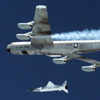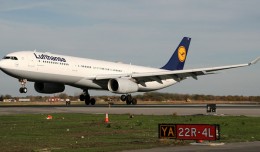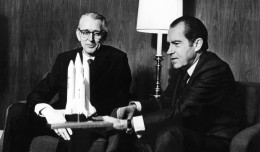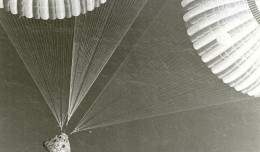2004 – NASA’s X-43, an unmanned experimental hypersonic aircraft, sets a speed record of Mach 9.68 (about 7,000 mph).
1973 – Skylab 4 launches into orbit on the fourth Skylab mission, bringing the third and final crew to the American space station.
1965 – Russia’s Venera 3, the first spacecraft to land on another planet’s surface, is launched toward Venus.
1959 – National Airlines Flight 967, a Douglas DC-7 (registered N4891C) is destroyed by a bomb over the Gulf of Mexico, killing all 42 on-board. A “friend” put a bomb a passenger’s luggage before he boarded in hopes of collecting on his life insurance.
1955 – KLM places an order for eight Douglas DC-8s.
1937 – A Sabena Junkers Ju-52 crashes near Ostend on its way to Brussels. The aircraft was diverting due to weather and hits the chimney of a factory, killing all 12 on-board.
1920 – Qantas is founded as Queensland and Northern Territory Aerial Services Limited.







